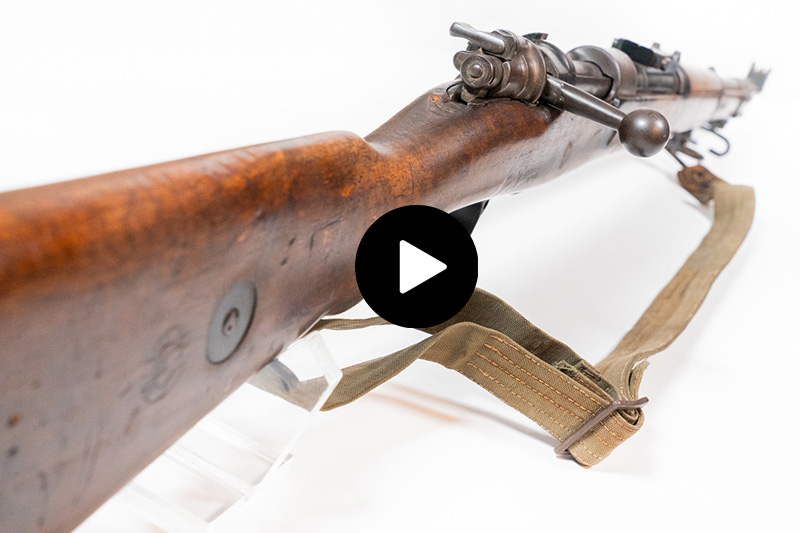The Mauser 1935 rifle belonging to Liège Resistant Walthère
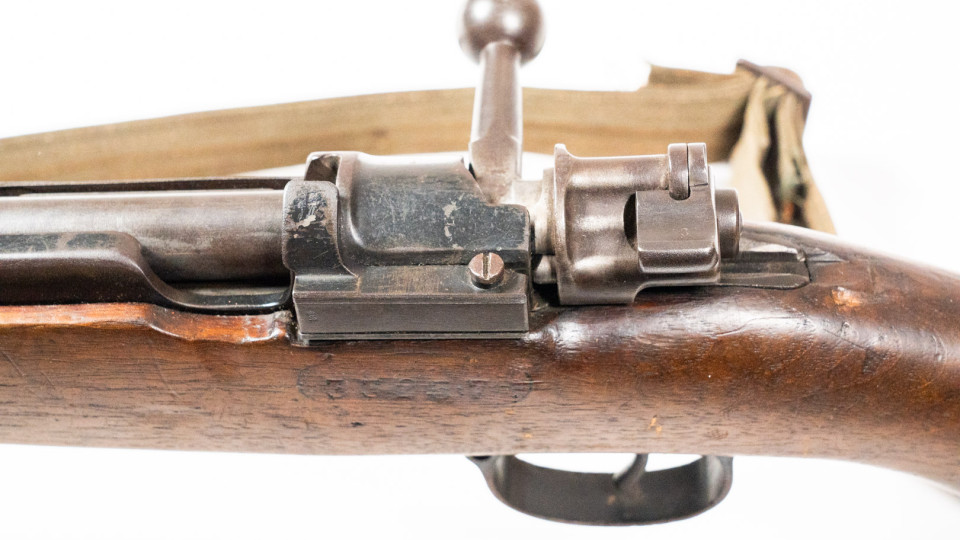
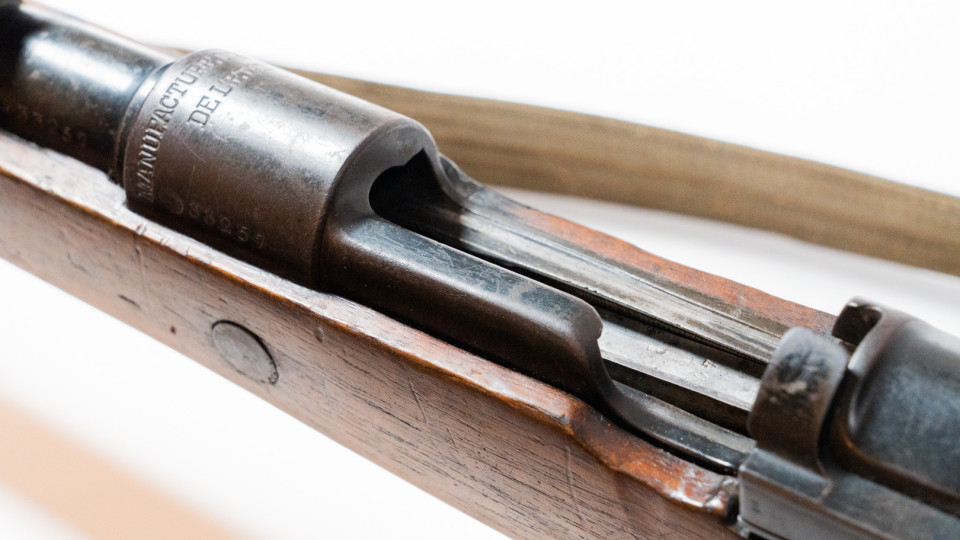
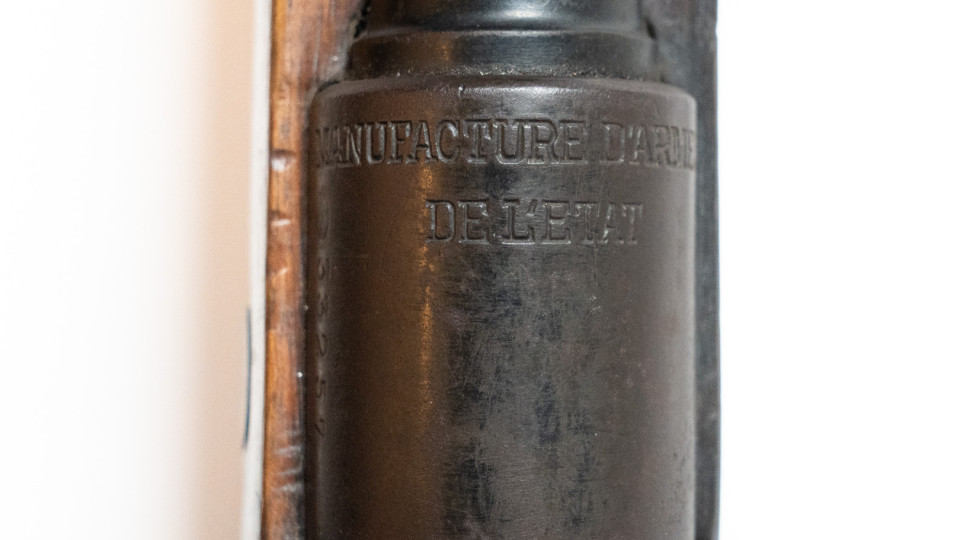

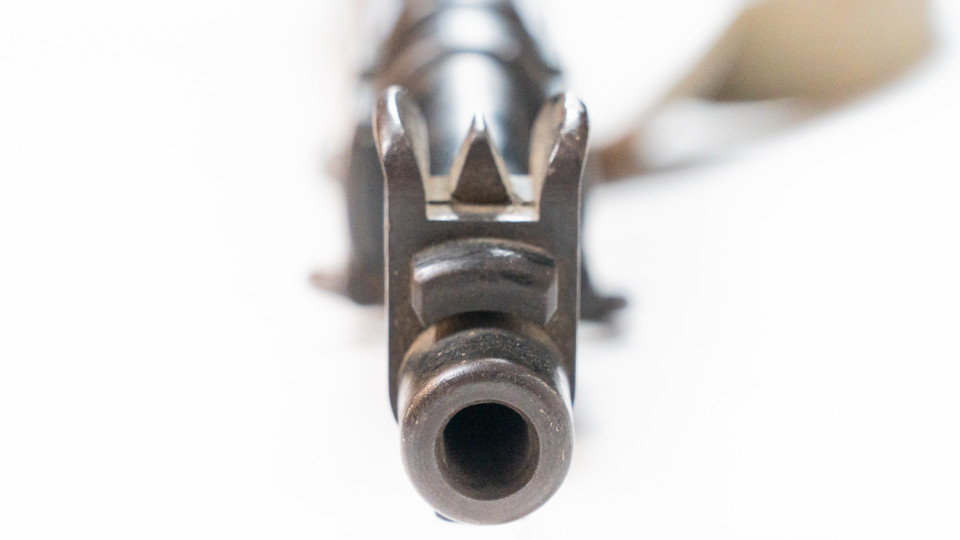
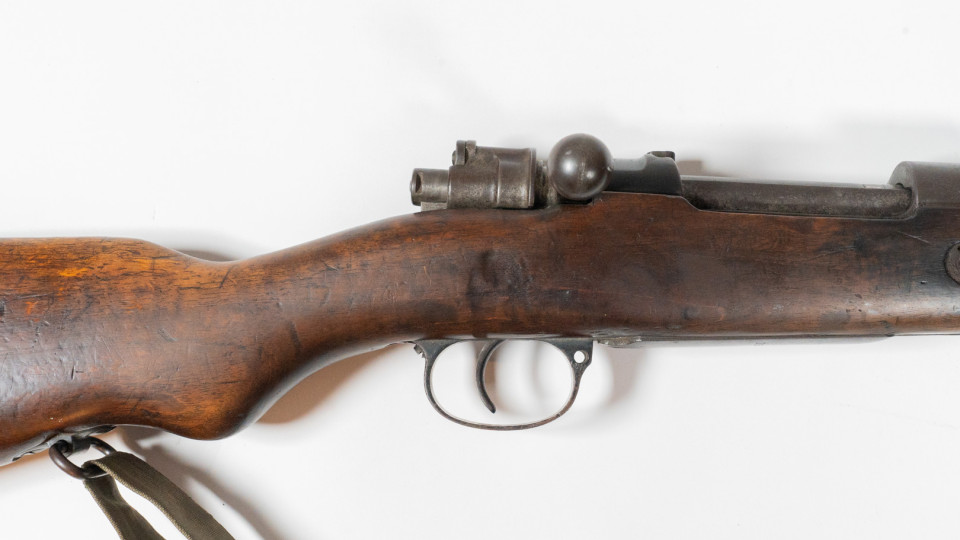
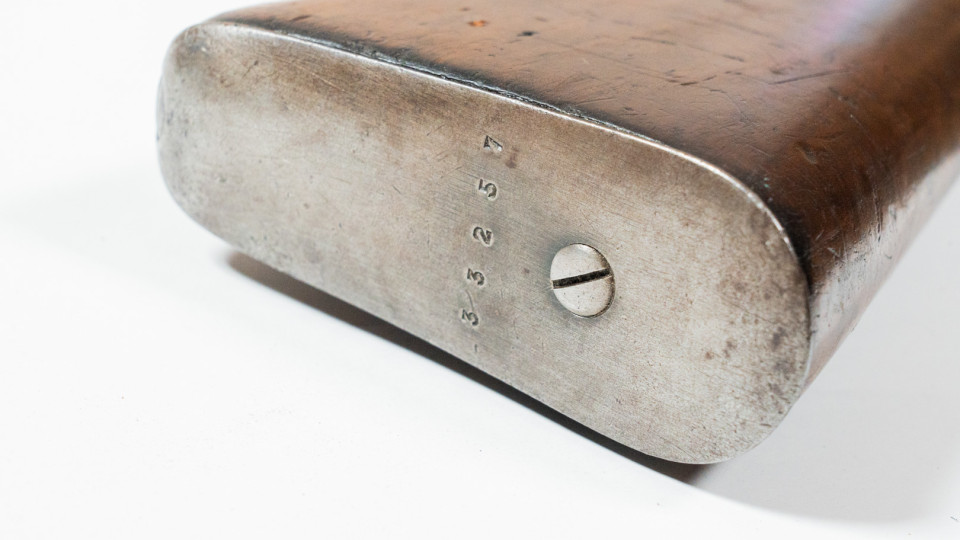
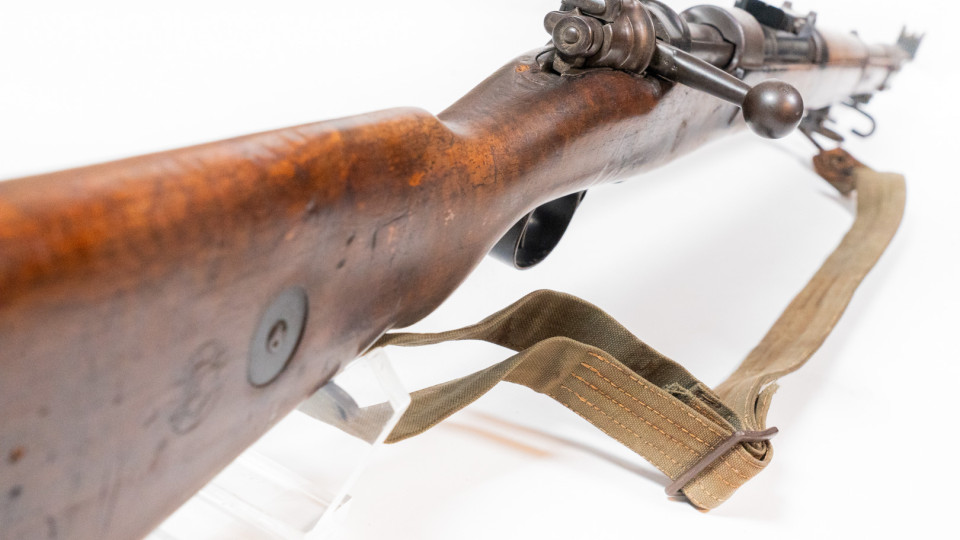
The man
Walthère Dewé was born in Thier-à-Liège in 1880. He qualified as an engineer and worked for the Belgian telephone and telegraph service when the First World War broke out. His cousin, the famous resistant Dieudonné Lambrecht, was executed by the Germans at the Chartreuse Fort on 18th April 1916. Lambrecht had been supplying the Triple Entente with valuable information on German troop movements, enabling, among other things, to warn of the imminent Teutonic offensive on Verdun. In July of the same year, Dewé gathered his friends together, including Liège Police Chief Alexandre Neujean and members of the Lambrecht network. Together, the founded the Dame Blanche network, in reference to the legend of the same name, according to which the ghost of a white lady appeared at Potsdam Castle to herald the death of a Hohenzollern family member, the dynasty of Wilhelm II, the German Emperor.
They built up their network in all the occupied territories, including France, until the summer of 1917, when they established contact with the British War Office via the Netherlands who were neutral. With 1,000 agents, this network was the largest and most emblematic of the First World War. It was highly militarised and compartmentalised, which helped it to be considered as the most secure, rapid and reliable of the conflict by His Majesty’s Intelligence Service. The majority faith of the Dame Blanche network was Catholic and it required its members to swear an oath to God, which sometimes caused problems, though fortunately not serious ones. The Dame Blanche network operated effectively until November 1918 and the end of the war.
On the outbreak of the Second World War, Dewé was contacted by the British Intelligence Services in order to prepare a “Belgian Observation Corps” similar to the Dame Blanche network. His code name was Cleveland and his registration number was 99340. The invasion brought contact with the British to a close from May 1940 to early 1941, after which the Dewé network, named the Clarence network, resumed its missions and efficiently as well as frequently informed the Allies until the Liberation. The strongly Catholic tendency of the Clarence network again posed problems for certain resistance members, who switched to other networks.
Unfortunately, Walthère Dewé never experienced the long-awaited Liberation (he spent the entire duration of the war in hiding). On travelling to Ixelles to attemp to warn his friend Thérèse de Radiguès (a leading member of the Clarence network and former member of the Dame Blanche network) of her imminent arrest, he arrived too late, with the Gestapo already there. He tried to flee but was killed at 2 Rue de la Brasserie by a Luftwaffe officer who happened to be passing by and who shot the visibly agitated civilian when he failed to reply to the German’s order to stop. The Nazis never found out who they had actually killed that day. Although the Clarence network had lost its chief, it continued to operate until the Liberation.
As was the case for his cousin Dieudonné Lambrecht almost 28 years earlier and one of his two daughters, who was deported and died several months later, Waltère Dewé gave his life after having accomplished an immense and vital task for his country and the world.
“The causes that die are the ones you do not die for”. Louis Veuillot
The weapon
The Mauser 1935 model that belonged to Walthère Dewé was made by the Manufactures d’Armes de l’Etat (the State-run weapons factory located at Rue Saint Léonard, Liège, from 1838 to 1940) in 1935. It is a Belgian development of the famous German Mauser 1898 model bolt-action rifle, of which Belgium received several thousand as war reparations following the First World War.
The national weapons factory in Herstal had already produced thousands of Mauser 1889 rifles before, during and after the First World War. During the inter-war period, Germany was forbidden from exporting military weapons, so Belgium decided in 1933 to modify, among others, 60,000 Mauser 1898 rifles to adapt them to the army’s new, more pointed 7.65-mm 1930 model ammunitions. This new cartridge was much more efficient than the old-fashioned, rounded Mauser 1889 bullets which were already outdated in 1914. The weapons produced were therefore called Mauser 1935 and were German 1898 models transformed at the MAE.
These transformations began in late 1934 and thousands of Mauser now rebaptised ‘1935 model’ went on to be used by the units that made up the spearhead of the Belgian Army, in particular the Chasseurs ardennais and Cyclistes frontière regiments. Following the defeat in May 1940, many weapons of this type were in circulation in occupied Belgium.
This Belgian modified but originally German designed rifle was used against the countrymen in uniform of its creator Paul Mauser. It is, in itself, a symbol of those terrible years and a very good representation of the illustrious Belgian who owned it.
Sources:
Eric Simon & Franck Vernier, The Belgian Army in May 1940, Brussels, Editions du Patrimoine Militaire, 2024.
Henri Bernard, A Giant of the Resistance, Walthère Dewé, Brussels, La Renaissance du Livre, 1971.
https://www.1914-1918.be/civil_dieudonne_lambrecht.php - page consulted on 20/9/24.
https://www.belgiumwwii.be/belgique-en-guerre/personnes/dewe-walthere.html - page consulted on 20/09/24.
Loïc Servais
Curator of the Weapons Department / Grand Curtius
Belgium and the Resistance
8th May 2025 – the 80th anniversary of the Liberation
During the First World War, the Belgians chiefly set up intelligence networks and escape routes. In Liège, the first of these networks to emerge was the Dame Blanche network, initially run by Dieudonné Lambrecht and then by Walthère Dewé from 1916. At the same time, many clandestine publications came into being and many civilians actively took part in a type of secret war.
After the war, in Liège, at the Chartreuse Fort’s Bastion des Fusillés stronghold, where patriots were imprisoned or executed, a collective memorial began to take shape in tribute to civilian members of the Resistance.
On 10th May 1940, the invasion of Belgium caused a rapid shock. Within eighteen days, the country was subjected to foreign control, ideology and propaganda, as well as the requisitioning of resources and men. Walthère Dewé’s people were ready as the former members came together again to form new resistance groups.
The spirit of Resistance was conveyed in disobedience. Saying ‘no’ is a prime way of resisting, refusing an idea or an action that an individual or a group seeks to physically or psychologically impose by force. Next comes finding the arguments for opposition and then defending yourself.
Over the course of the conflict, a number of events contributed to the development and intensification of resistance movements:
- British resistance to invasion.
- The attack on the Soviet Union in June 1941.
- Implementation of forced labour.
- Collaborationism.
Antisemitic measures and the organisation of deportation convoys as of 1942.
These underground movements gradually expanded into armed action.
Four types of resistance emerged:
- Intelligence gathering and action.
- Armed resistance.
- Civil resistance.
- The clandestine press.
Two organisations went on to coordinate resistance movements in Europe: the S.O.E. (Special Operations Executives) in London and the Red Orchestra, as the Gestapo called it, which was a network with cells in France, Belgium and Germany, in close contact with Moscow.
Following the Liberation, the Belgian Resistance found itself obliged to redefine its place within a country undergoing wide-ranging reconstruction.
Christine Maréchal & Claudine Schloss, historians, honorary curators of the Heritage Fund.
An exhibition recounting the history of the Resistance in Liège by means of the Royal Monument to the Resistance can be viewed at the Heritage Fund from 22nd April to 23rd May 2025, from Monday to Friday, between 14.00 and 17.00. Admission is free. Fonds.patrimoniaux@liege.be
As part of these commemorations, Christine Maréchal and Claudine Schloss are also publishing “The National Resistance Monument: the history and missions of a royal association”. The work is available from the Heritage Fund from 8th May 2025.
The object of the month in video
Exhibition location
The artefacts are visible in the object of the month showcase in the entrance hall of the Grand Curtius Museum in Liège.
Captions for visuals – Copyright: City of Liège - Grand Curtius.
